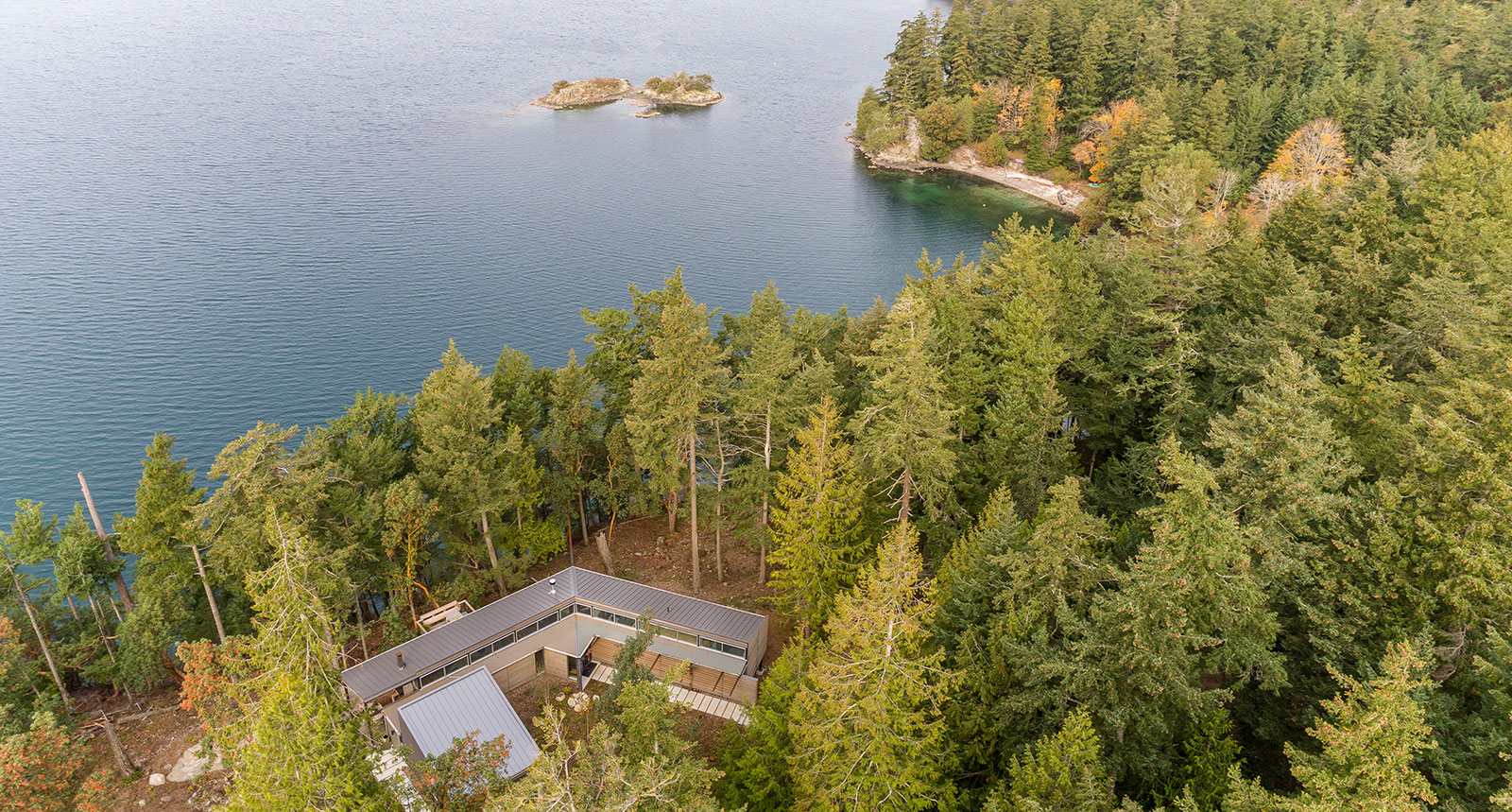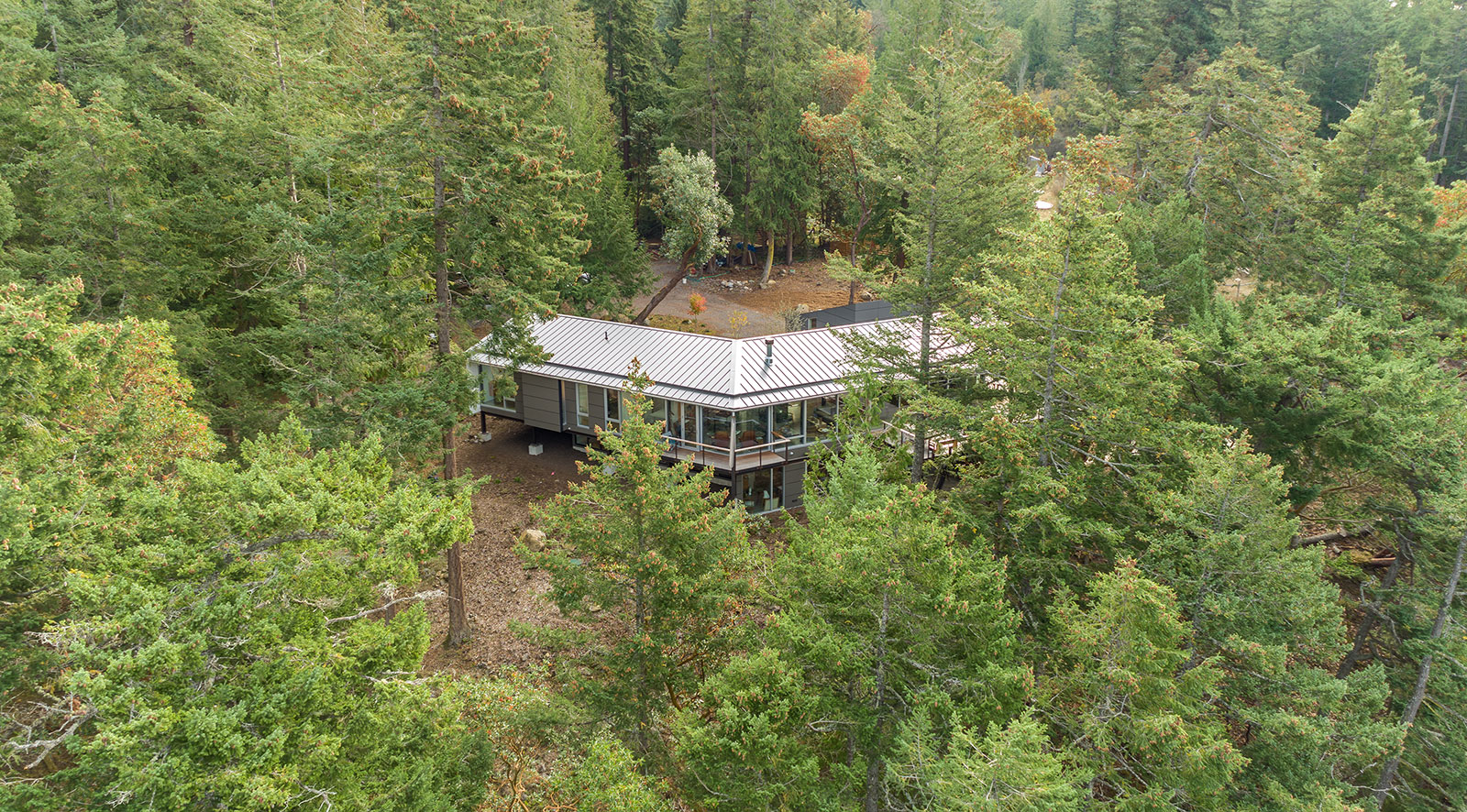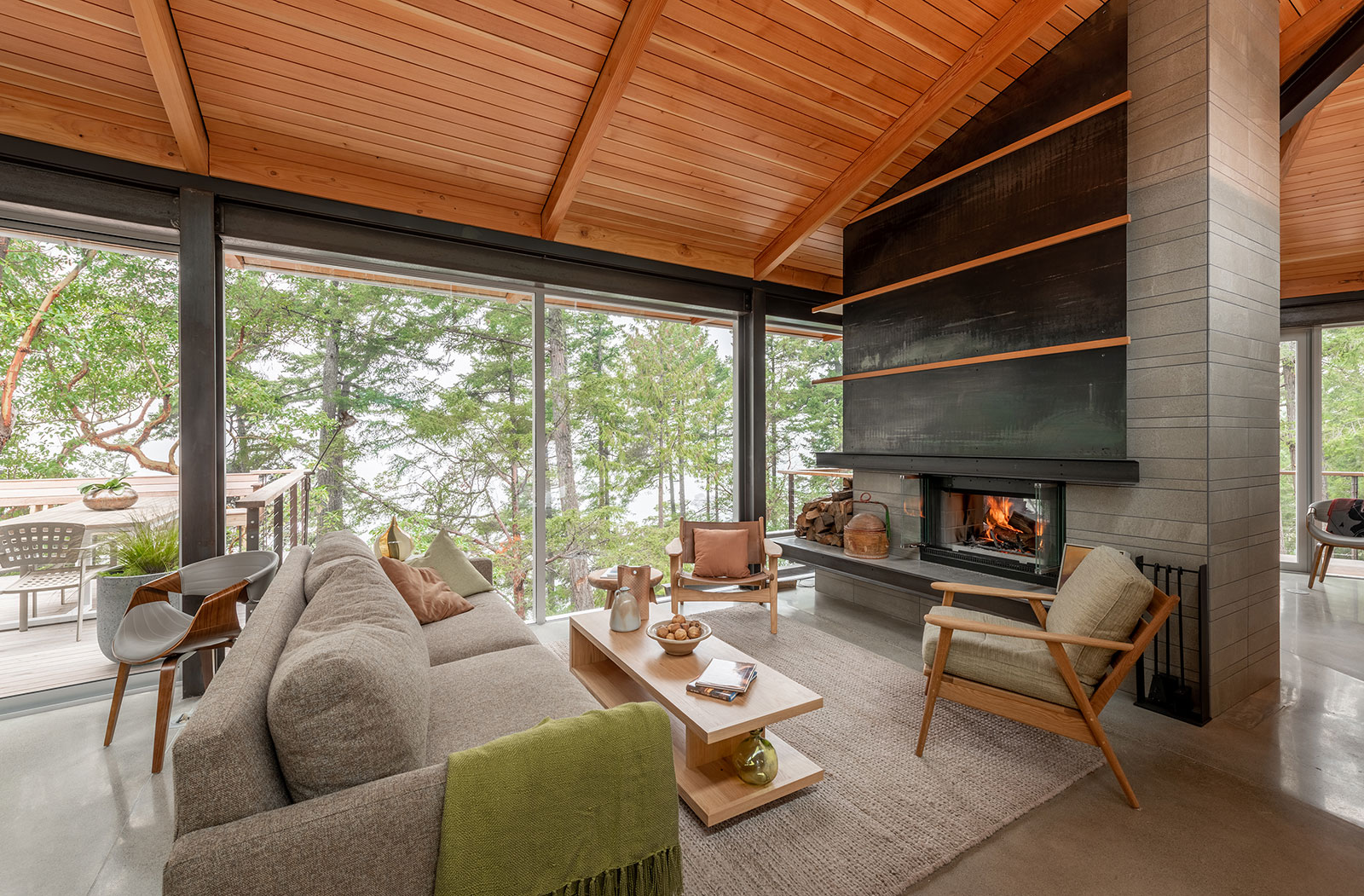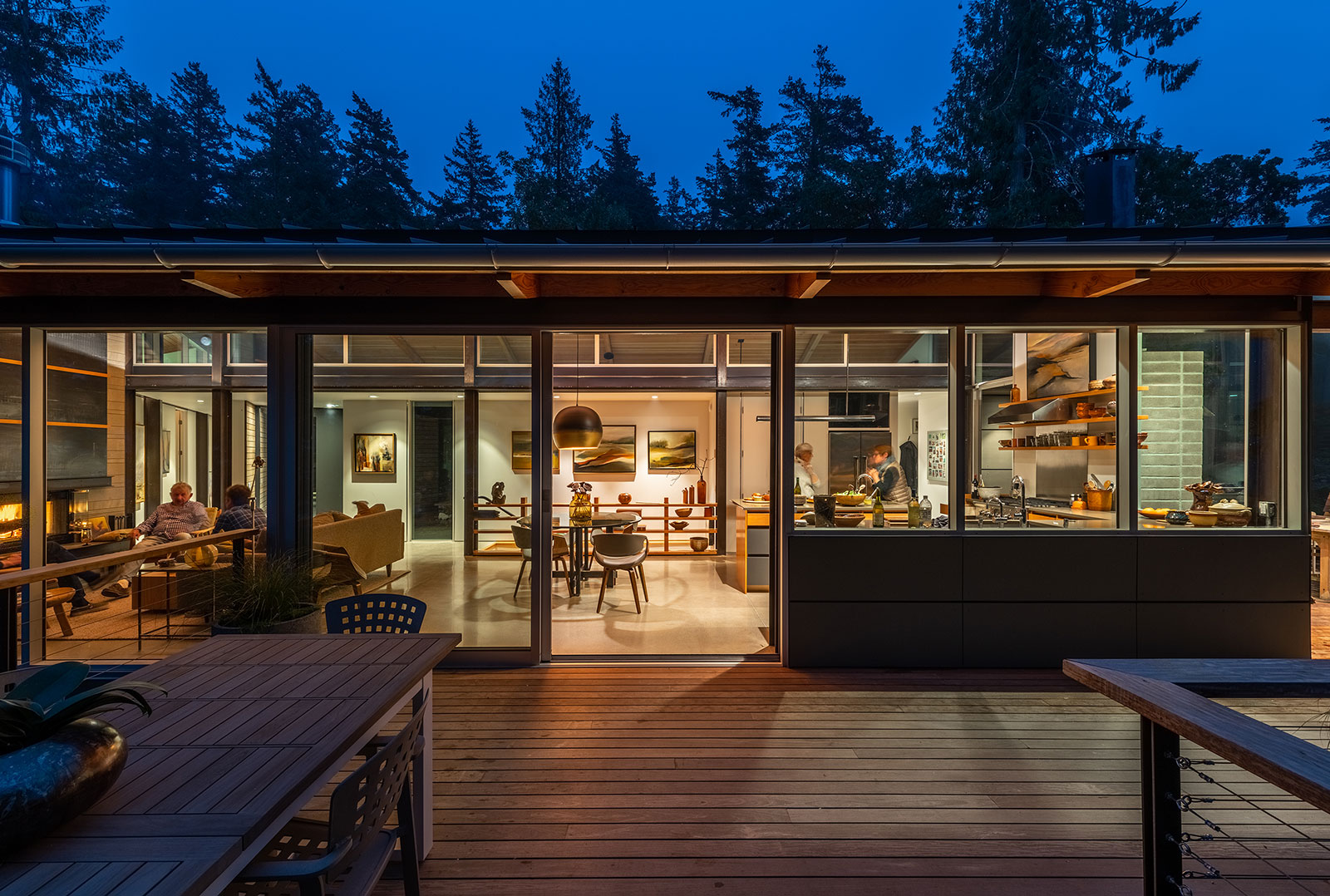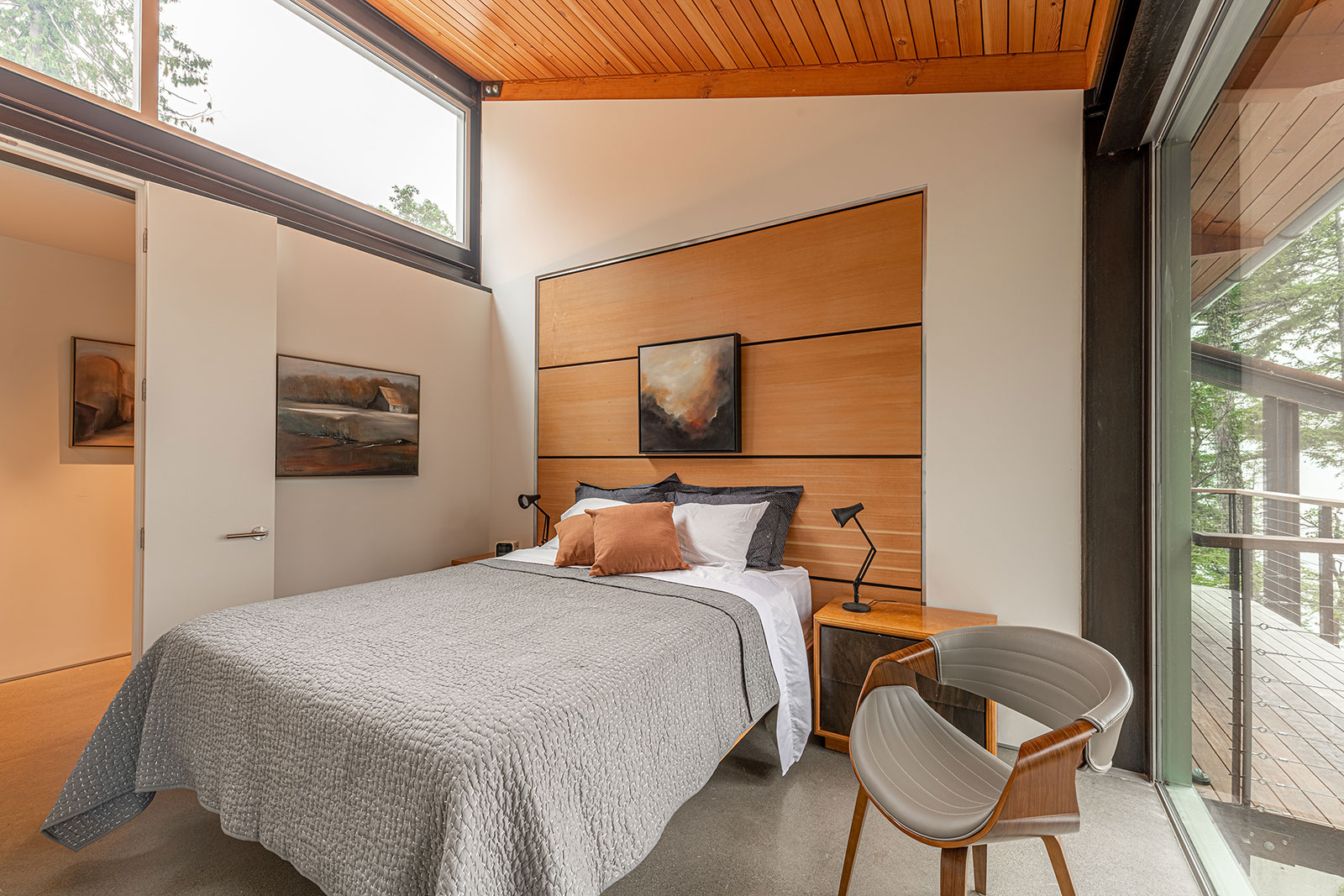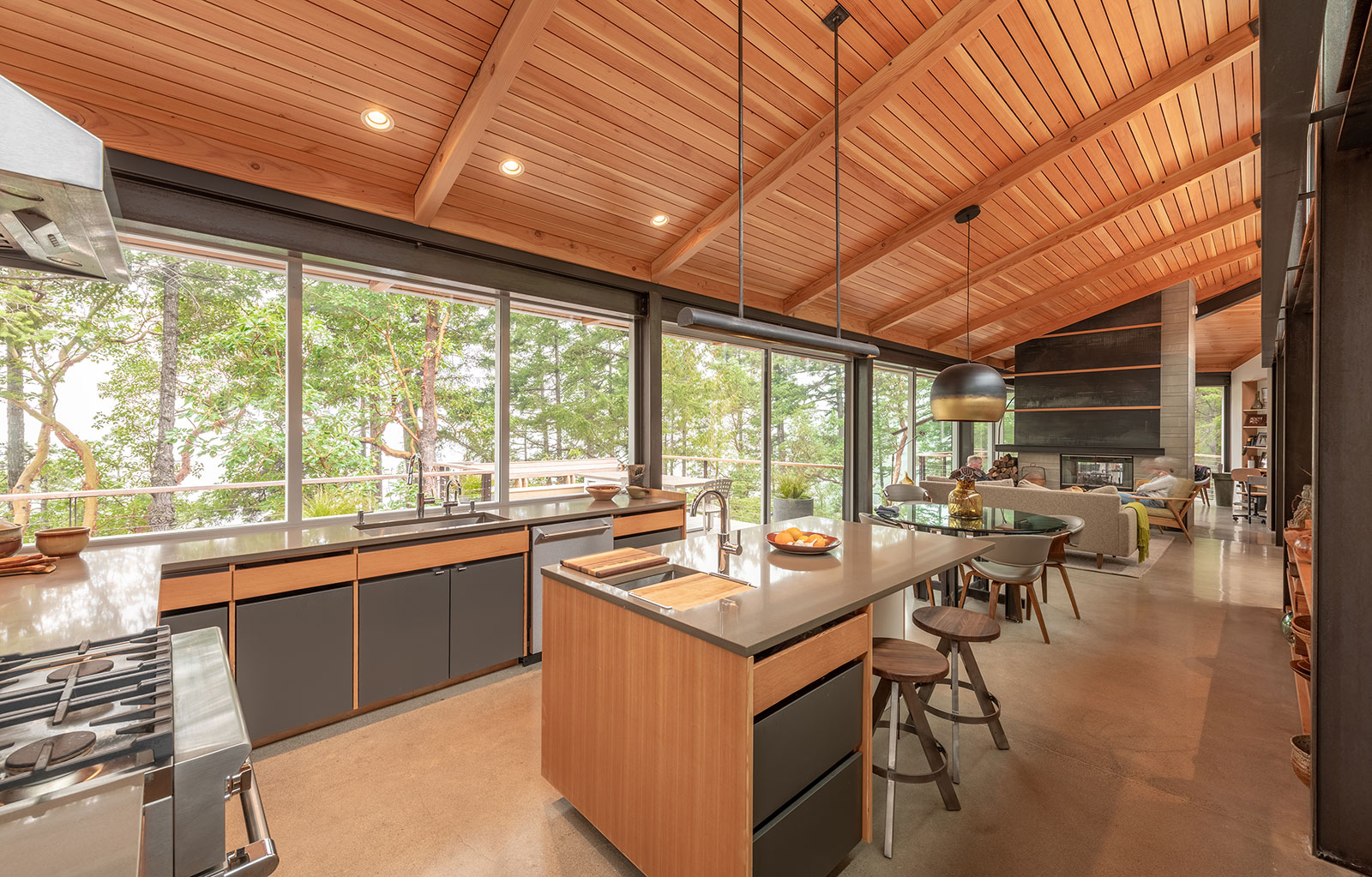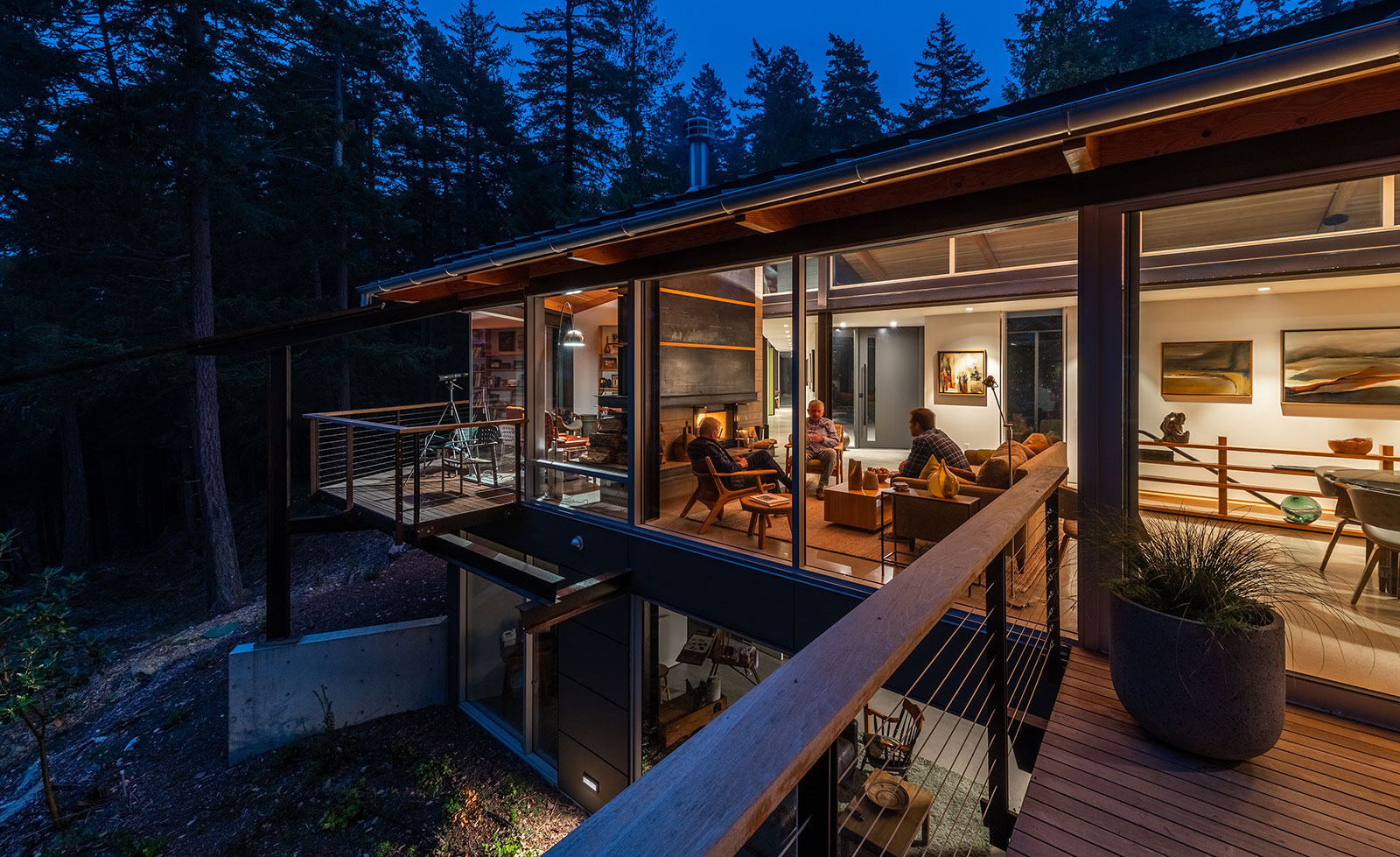Few will dispute that 2020 has caused us to rethink everything. Most notably, the arrant inequities that have been leveled against the BIPOC communities for well over a hundred years. We at BUILD have confronted our complicity, and we are holding ourselves accountable.
As 2020 draws to a close, the upcoming Thanksgiving holiday has given us the space to reflect on what we’re thankful for. Family, health and friendships come to mind, and our service to a centuries-old profession, which has afforded us a place in a creative community. We’re grateful for, and owe a debt to those who laid the foundation; to those who made the first mistakes, and for the innovation that grew out of the same. Here in the Pacific Northwest, our friend Gordon Walker is one of the giants upon whose shoulders we stand. At 82 he just completed a home on Orcas Island for a couple of conservationists, and it is an excellent example of design that responds to its time and context. As a reminder of the creativity that drives us, and as a reprieve from the headlines, we’re sharing some new photography of Walker’s recent design, which was constructed by Prescott Jones of Blue Bird Builders. We hope that you will find a welcome respite in these images, and that they will inspire your imaginations.
After spending several days photographing the Orcas Island house, it became clear to us that the principles of a responsive architecture – designs that reflect their environments – are not only present in this design, but the process that allowed for such a regionalist aesthetic began with the very first sketch, and continued through the last detail. This consistency of design philosophy is imperative to the success of a responsive architecture—it’s not simply a style that can be slapped on, cosmetically, at the end. This should be true of architecture everywhere—whether houses or commercial buildings, the architecture should respond to the places around them, the people who use them, the current zeitgeist, and relevant social conditions. The Orcas Island house is just one sliver of a regional, Pacific Northwest, architecture, and today’s post describes five significant components of this design philosophy.
RESPECT THE LANDSCAPE
The Pacific Northwest is known for dramatic topography, steep slopes, and in the case of the San Juan Islands, craggy rock outcroppings. Instead of over excavating the site, battling the grade, and making the topography conform to the needs of the structure, the house elegantly perches on the hillside to best take advantage of the slope. This clever strategy allows the entry to occur at the top of the grade, keeping the scale of the home modest and low from the approach.
The sloping topography then accommodates a generous slab on-grade lower level, while the main level is elevated at the south to take advantage of natural light and filtered views of Eastsound through a forest of mature Douglas firs and madronas.
BRING THE OUTDOORS IN
The feel, and spirit of the Pacific Northwest extend into the home in two important ways. First, the cedar entry wall leads visitors to the front door and extends into the entry vestibule. This creates a harmonious relationship between the interior and exterior, while bringing character and texture into the home.
Second, the cedar lid, consistent throughout the main floor, was harvested from the property and milled by the owners on site. These clear cedar boards radiate a comforting, warm tone throughout the house.
DESIGN SEASONAL OUTDOOR LIVING
The temperate summers in the Pacific Northwest allow doors to be open throughout the day, and interior rooms can fully open to exterior spaces. In the summer, these exterior spaces can become every bit as functional as the interiors, and the Orcas Island house is no exception, as ipe terraces cantilever out over the slope, placing the visitor within the forest.
These terraces include dining spaces, a fireplace, and built-in seating at the perimeter. An extension of the roof at the south provides cover and shade for the dining area adjacent to the kitchen.
DESIGN FOR THE GRAY
After the pleasant summers, the long gray winters that are emblematic of the Pacific Northwest climate arrive. Gray skies and soggy weather are a daily reality from October through June, and there are several architectural moves that leverage these weather conditions. The orientation of the Orcas Island house is key, and by positioning the structure’s spine from north to south, each room enjoys morning light through east-facing clerestory windows and western light in the afternoons and evenings.
When sun breaks do occur, the kitchen, located at the south, is filled with morning light, while the living room catches glimpses of the sunset filtered through the forest.
A floor to ceiling window and door package by Fleetwood harnesses natural light, while providing a full experience of the forest and water beyond.
Inside the home, the warm tone of the cedar lid becomes instrumental; this material carries through the entire main floor, providing visual warmth and character to each space, and balances out the grays of the outdoors.
CREATE HYGGE
The Scandinavian term for coziness and conviviality is a buzz word now, but it’s been an important component of Pacific Northwest design for generations. Within the Orcas Island home, this quality is first experienced from the warm and welcoming approach.
Inside, the interior volume is designed to be warm, welcoming and open. The kitchen, dining space and living room share a common atmosphere of entertaining, sharing, and comfort.
Individual spaces are designed and furnished to be exactly the right size for an intimate gathering—not too big, not too small.
The Orcas Island house is an exceptional example of Pacific Northwest regionalism, embodying a lifetime’s worth of design lessons -perhaps most remarkable is the indisputable importance of allowing a design to take its cues from, and be responsive to the environment around it. The willingness and proficiency of the owner, architect, and builder to listen, understand, and thoughtfully respond is beautifully apparent in this home.
The project was a pleasure to experience, and there are many more photos over on Instagram.






